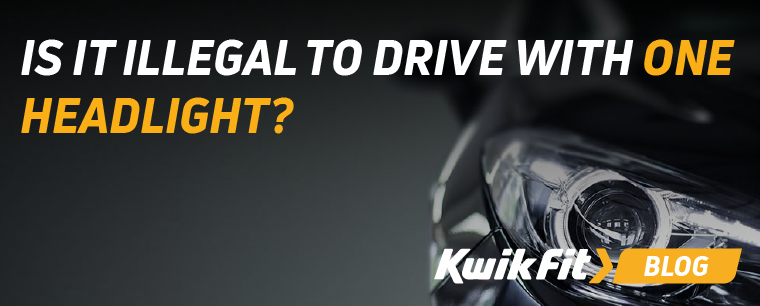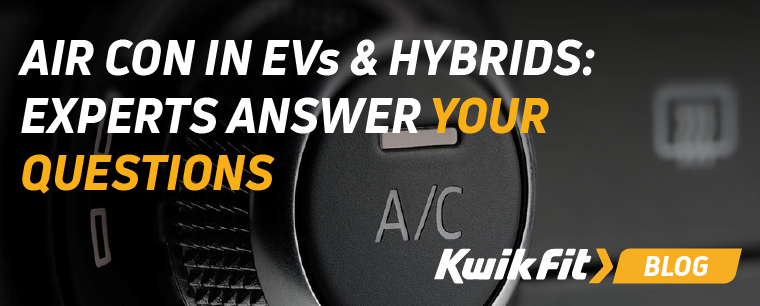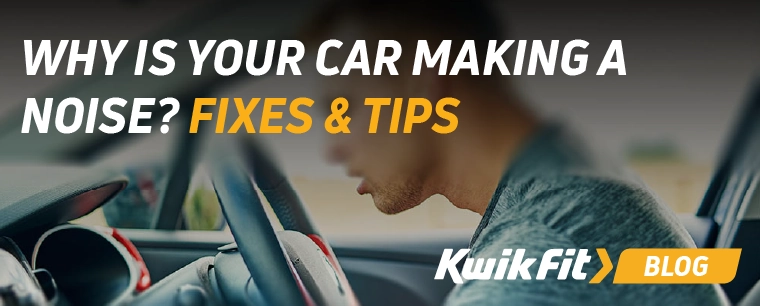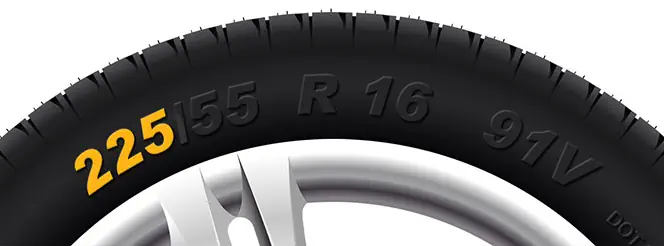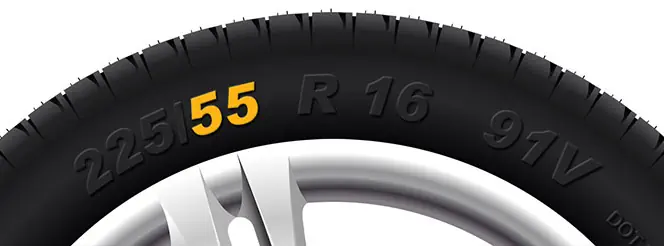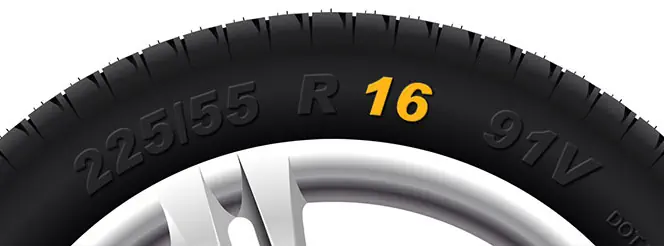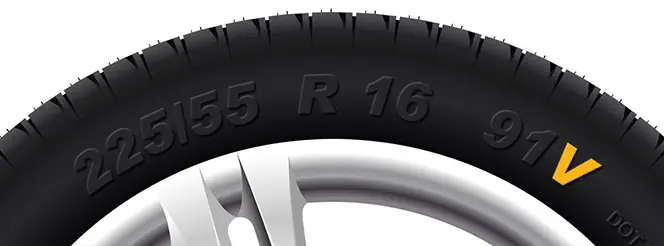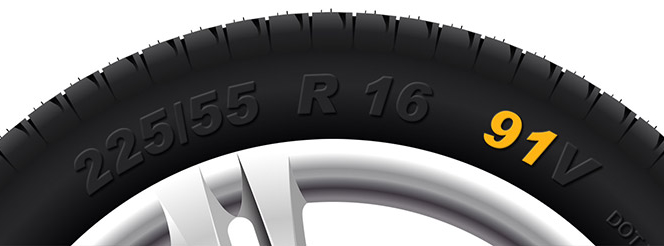Remember to keep that locking wheel nut key safe
Jack Dreyer | Friday 7th January 2022 11:00am
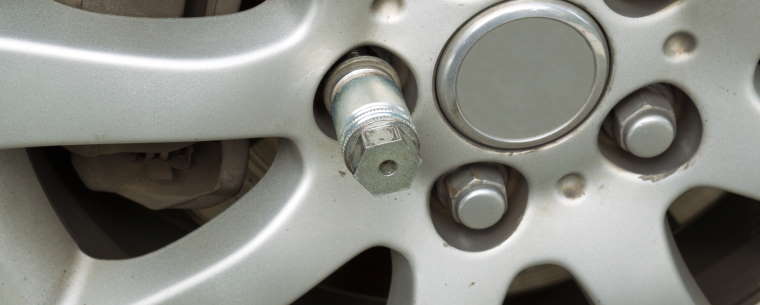
Locking wheel nuts are a popular way of keeping your wheels and rims safe from theft, and while theyíve been in use for some time now, theyíre still increasingly popular.
A standard wheel nut or lug nut can be removed with minimum effort using an ordinary lug wrench, which means your wheels could easily be stolen. But by simply replacing one lug nut per wheel with a locking wheel nut, you can help to stop a thief in their tracks. With a locking wheel nut in place, a key is required in order to remove that last nut - making it much harder to remove. However - that does mean you need to keep the key safe!
How do locking wheel nuts work?
Working on a very simple principle, each set of locking nuts has a patterned indent and a key which matches this pattern. Only when the key is inserted can the nut be turned and removed. There are literally hundreds of unique key combinations, and although wheel nut keys are freely available to buy, a potential thief would have to carry around a huge selection of wheel nut keys to ensure they have the right tool for the job!
Nowadays most car manufacturers fit locking wheel nuts as standard to vehicles as they roll off the production line to keep them more secure. If youíre looking for other ways to increase the security of your vehicle, check out our 8 handy tips to keep your car safe.
So, what happens if I lose my locking wheel nut key?
Because of their unique nature, itís important that you know where your locking wheel nut key is kept. Without it, itís very hard to remove your wheels should you require a tyre change. We recommend that you keep your locking wheel nut key inside your vehicle somewhere, either in the glove box or hidden away out of sight, just so long as you know where to find it.
Say you need to pull over during a journey because youíve got a puncture. Youíre going to need that locking wheel nut key in order to remove the tyre and put the spare tyre on. Similarly, if your tyres are worn and need replacing, your garage will need the locking wheel nut key in order to fit new tyres to your vehicle.
Locking wheel nut key replacements can be purchased fairly inexpensively, but in some cases they need to be ordered in - which could slow down your vehicle repair. This is why itís important to make sure you keep your locking wheel nut key safe Ė you never know when you might need it.
Planning a visit to your local Kwik Fit centre?
If your car has a locking wheel nut and youíre due to visit your local Kwik Fit for new tyres, brake pads and discs, or you are due a service, make sure you know where your locking wheel nut key is located. The wheels will need to be removed to carry out these services, so itís best to be prepared!
If you have any questions about your locking wheel nuts, get in touch with your local centre today.
Any facts, figures and prices shown in our blog articles are correct at time of publication.
Featured Articles
Is it Illegal to Drive With One Headlight?
Saturday 19th July 2025
Wondering if itís illegal to drive with one headlight? Learn about the safety risks and penalties of illegal blown bulbs and why you should fix them promptly.
Air Con in EVs & Hybrids: Experts Answer Your Questions
Monday 30th June 2025
Does air con drain EV batteries? Can you use the air con while charging an electric car? Find out the answers to these questions & more from Kwik Fitís experts.
Why Is Your Car Making a Noise? Fixes & Tips
Friday 13th June 2025
When your car starts making unexpected noises, it can certainly be quite disconcerting; it may be nothing to worry about, but hereís what you need to know.


